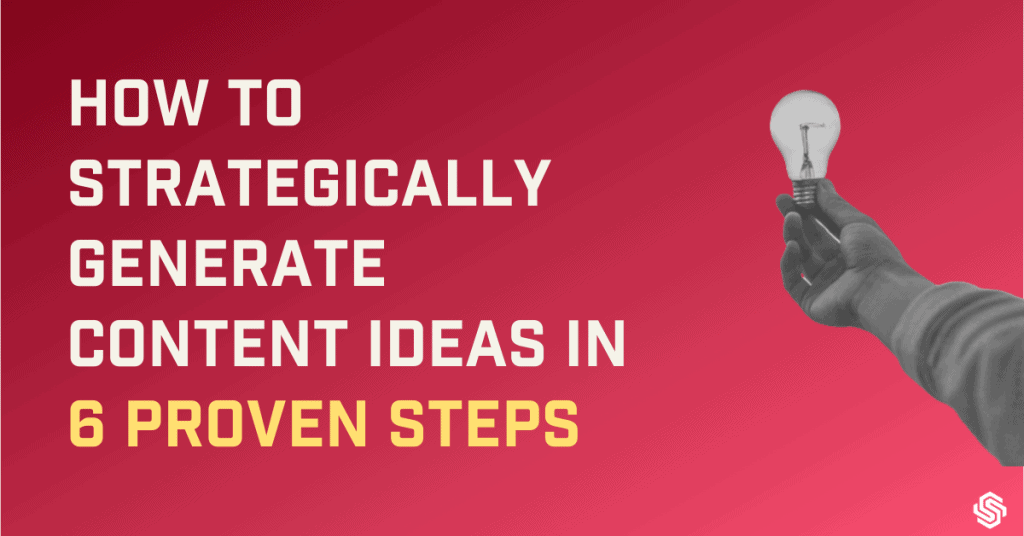Do you remember going to a fancy restaurant for the first time?
Remember the awkwardness when you were unsure how to eat using the fancy knife and fork. What did you do then?
You watched what others were doing and tried imitating their etiquettes and mannerisms. That’s how you got comfortable—looking at others!
We are social animals and look to others for validation and assess whether a specific situation warrants a solution. We use this same concept while writing a marketing case study.
If a salesperson gives mere data and results in the form of statistics to his users, shows the growth graph, and gets it over with, he would soon enough get his business over with.
The only way to connect with users to convert to customers is by providing them with something that they can relate to.
Tell them a story!
I am not kidding. Who doesn’t like stories?
Would you rather analyze graphs or see tangible results?
I would feel more comfortable knowing an individual experience of somebody who has benefitted from a product or service rather than raw data.
Stories are attention-seeking, relatable, and understandable. I shall tell you in this article how to write one.
If you want to write a case study for your own product or for a client’s, let me first tell you what a case study is and why it is important for marketing before we get into the whole storytelling business.
Key Takeaways For You
| – Marketing case studies are a powerful tool for attracting and converting customers by demonstrating your company’s expertise and credibility. – A good marketing case study tells a compelling story that showcases the success of your products or services and highlights the benefits for the customer. – When writing a case study, focus on the customer’s needs and challenges, and how your solution provided value and solved their problem. – Use a clear and concise writing style, and include visuals and data to support your claims and make the case study more engaging and persuasive. – By following these tips for writing an effective marketing case study, you can create a powerful marketing tool that helps attract and retain customers, and demonstrates your company’s value proposition and competitive advantage |
What is a marketing case study?

A case study is any success story, evidence, or data that shows how a product or service benefitted a customer. It tends to show how a customer overcame a problem using the product. It is concrete proof that the product/service solves customer problems.
You tap into the people’s need for looking at others’ behavior to choose the next action.
See what happened to him or her after they chose that particular action.
Why are case studies important in marketing?
Companies need case studies, and they are terrible at writing them.
- One in five sales professionals complains that they don’t have effective sales content to meet their target.
- Through well-structured social proof, case studies help to build up trust with your target audience by offering solid evidence that you deliver what you promise.
- It is a means of persuasion (copywriting) by leaning on your customer’s success story which can be used to drive sales.
- It helps you convert raw data into a story that is far more relatable and understandable.
- It works well both for B2B and B2C sales.
A B2B sale is a business-to-business sale where a business is providing services for other businesses. There is a panel of decision-makers involved when buying a product or service for the company.
A B2C sale is a business-to-customer sale where a business is providing service or product directly to the customer. There is only one decision maker.
When a salesperson is trying to sell his product, if he does not have enough content to back up his promise to convince customers, he is going to fail miserably.
Case studies make life easy for sales.
Users need constant reassurance that they are doing the right thing at each stage.
You showcase that you can and have delivered what you promised, and it is okay to go ahead with your product/service. Otherwise, though the promises themselves can look great, they cannot demonstrate that you can deliver it without proof.
Would you buy a product without seeing in some way what it is going to do and how it is going to help you? I don’t think you, or anyone would want to invest money into something without knowing its worth.
Now that you know the importance of writing an interesting case study, let’s see how to write one.
As I promised you earlier, let’s see how to write a story. It will help you to imagine and compare with the framework if you can think of your favorite movie or storybook,
How to write a story

The story revolves around your client, yet you have a key role, the reason behind the story to occur.
1. Headline:
Write a headline that conveys that you (the service provider) have achieved something for someone (the client) or someone who achieved something through you. Either way, it should contain the element of achievement and you as the catalyst.
2. The Set-up (Introduction) –
The situation the character is currently in
Introduce your character, that is the client in this case. You can give a glimpse of what they are doing, their business scenario.
I like to be a little dramatic sometimes, so I make my writing that way. Showing a present-day situation, of achieving successful results and then tracing back to what they were before they started out on the solution, arrived at a solution, and so on.
3. Triggering incident (The problem)-
An event or experience that triggered the character to do something about the situation
The character would have settled with a way of functioning which is not really helping with his business or his life. He is in this rut of life and developed a comfort zone in it. Then something happens that stimulates him to action. When the character has this moment of truth and decides he cannot go on this way. He needs to fix things if he wants to grow or improve his circumstances. You narrate that incident.
4. Rising Action ( The proposed solution) –
The trigger incident makes the character look for a solution
The stimulating incident drives the character to take action towards achieving his goal. He approaches you.
5. Surprise ( The challenges)
The complications that prevent your character from achieving the goal
But there are obstacles along the way. There is no easy way out. You identify what these challenges are.
6. Critical choice ( The decision) –
This is when an important decision had to be taken to overcome the challenges
There needs to be some decision-making to overcome the hindrances. You and the character join hands and strategize to address the challenges.
7. Climax (The Result) –
The decision results in the climax, the peak of tension in your story
They are the revelations. You have successfully overcome the challenges with your methodologies. You have solved the problems.
8. Resolution (The Conclusion) –
The character has transformed positively and ends with satisfaction.
The hard work has paid off. You are seeing the results of your actions and the character is in a better place now. You have transformed his life for the better and it shows!
This is the story arc commonly used in books and movies.
You don’t have to work too hard on this story. You will have the raw data or the statistics of the process. All you need to do is build a sequential storyline around it to make it interesting.
It arrests your readers’ attention and they advance through a rollercoaster of emotions without being conscious of the actual stages explained above. They can see what happened there as an implication.
Last thoughts
A case study is the other side of a landing page. Both involve persuasion. You make bold promises and talk a lot about your product to persuade your audience to buy on your landing page. But in a case study, you are leaning on your customer’s success story to drive sales. You are proving to them you are providing your product or service successfully and bringing results to whoever avails them.
You can also repurpose the story on social media and email sequences. You can tell your story and lead your customer to your landing page.
Do you like stories? Tell me your story in the comments.


